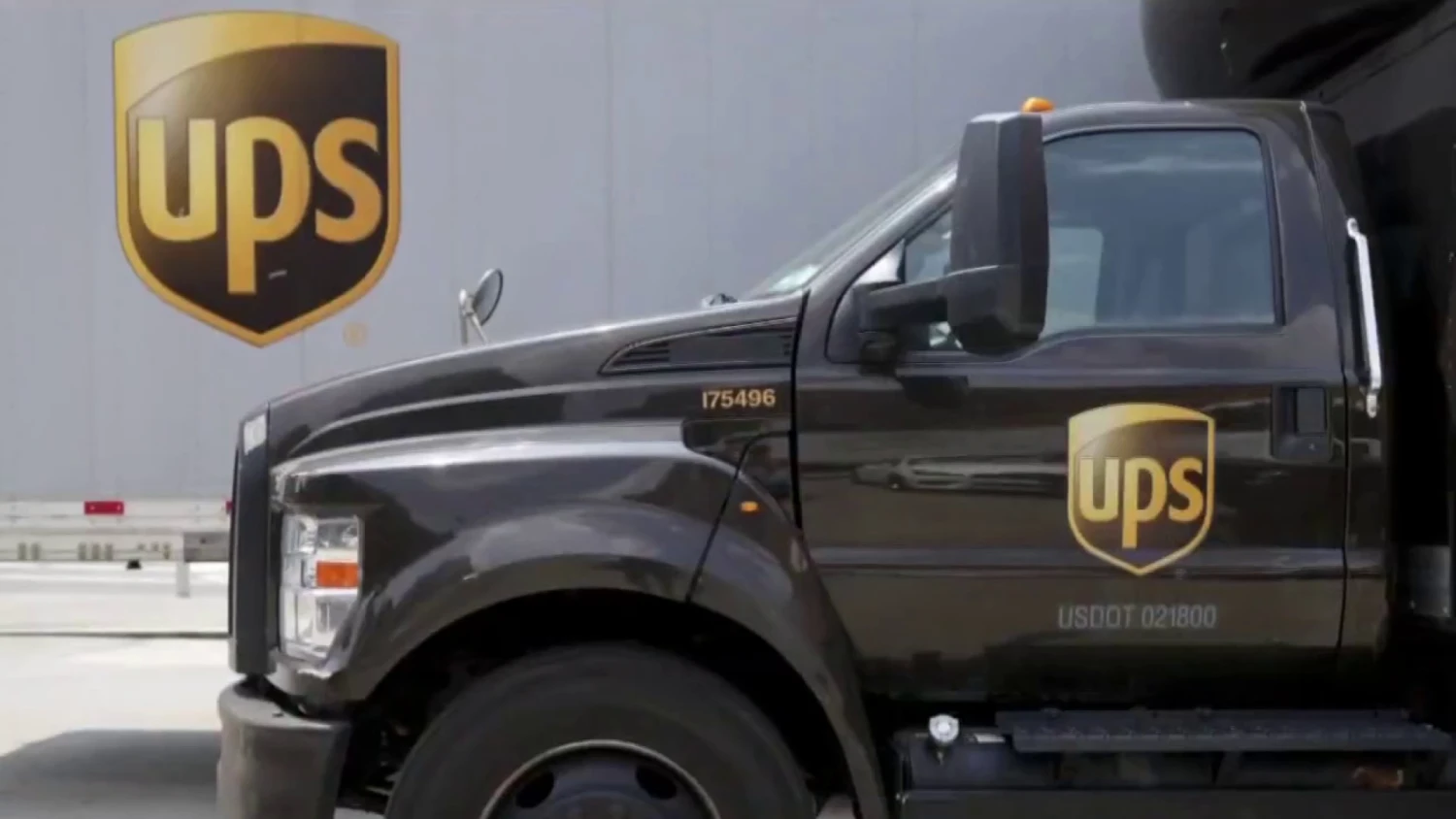United Parcel Service (UPS), often stylized as UPS, stands as an American multinational powerhouse in shipping, receiving, and supply chain management, with its roots tracing back to its establishment in 1907. Initially known as the American Messenger Company, it embarked on a journey that would ultimately lead it to the pinnacle of success as a Fortune 500 company and one of the world’s premier shipping couriers.
Today, UPS is renowned for its comprehensive range of services, primarily centered around ground shipping. Additionally, it operates the widely recognized UPS Store, a retail chain offering invaluable support for UPS shipments and equipping small businesses with essential tools.
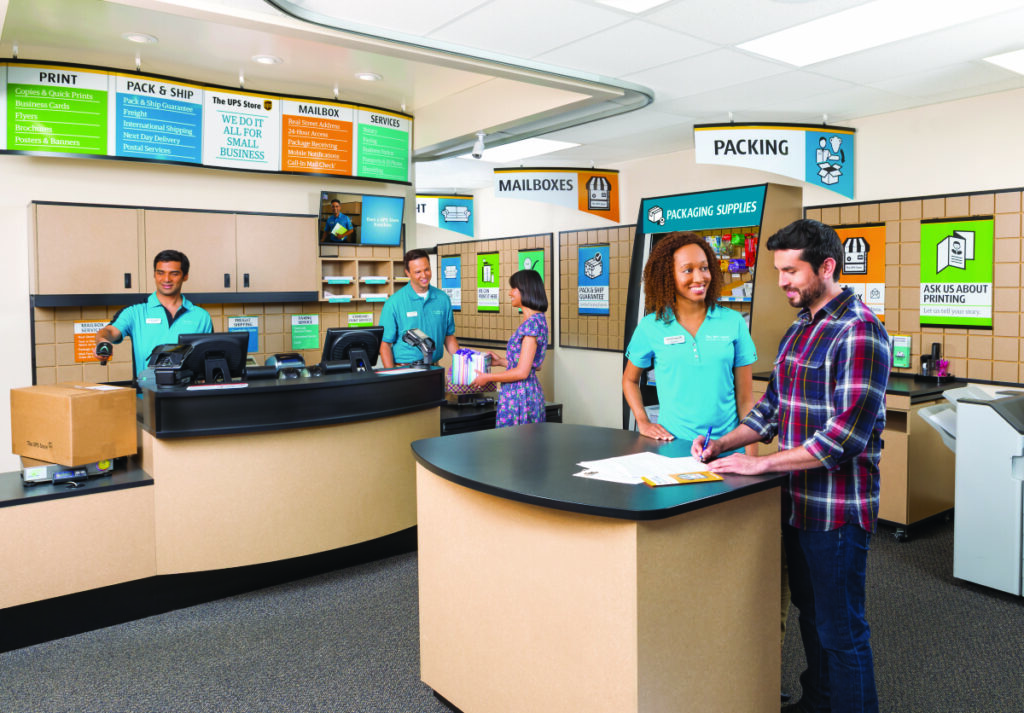
UPS caters to a diverse clientele, offering air shipping options that include overnight and two-day delivery services. Furthermore, it extends its reach to post office boxes through UPS Mail Innovations and UPS SurePost, two services that seamlessly transition packages to the United States Postal Service for the crucial last-mile delivery.
With an impressive annual revenue surpassing US$100 billion in 2022, UPS reigns supreme as the largest courier company globally, outpacing competitors such as DHL and FedEx. Its global reach is underpinned by UPS Worldport, situated in Louisville, Kentucky, which ranks as the fifth busiest airport worldwide for cargo traffic. This facility exemplifies UPS’s commitment to efficient logistics on a global scale. Furthermore, UPS proudly holds the distinction of being one of the United States’ largest private employers, further solidifying its integral role in the nation’s economic landscape.
Success Story of UPS
Founded on August 28, 1907, by James E. Casey and Claude Ryan in Seattle, Washington, the United Parcel Service (UPS) has evolved from a small, local delivery service into a global logistics and package delivery powerhouse. With humble beginnings and a vision to revolutionize package delivery, UPS has consistently pushed the boundaries of innovation, reliability, and customer service. Let’s delve into the remarkable journey of UPS and explore the key milestones that have defined its success over the years.
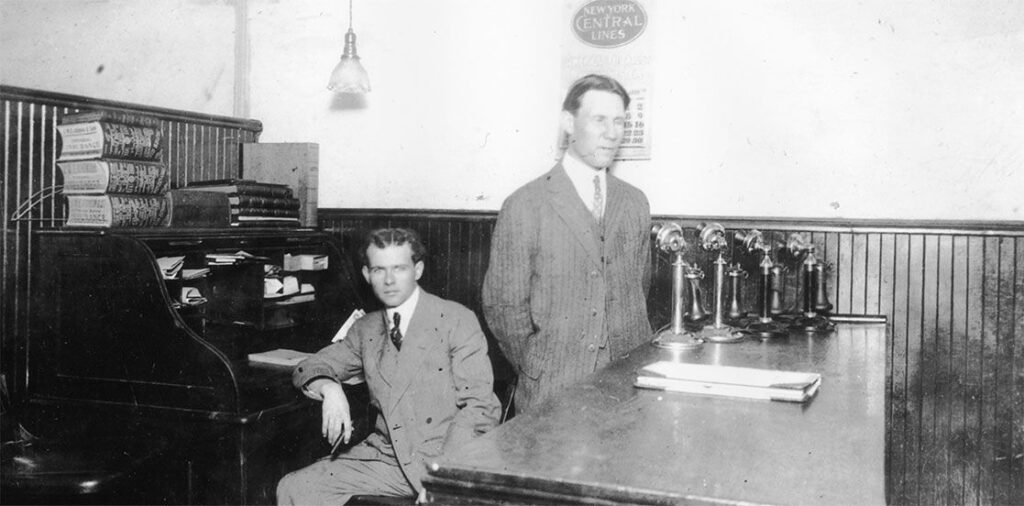
Early Beginnings and Consolidation
In its nascent stage, known as the American Messenger Company, UPS relied on foot and bicycle deliveries. However, its focus on package delivery to retail stores and special delivery mail for the U.S. Post Office marked its commitment to service excellence. In 1913, UPS introduced its first delivery vehicle, a Model T Ford, signifying its dedication to modernization.
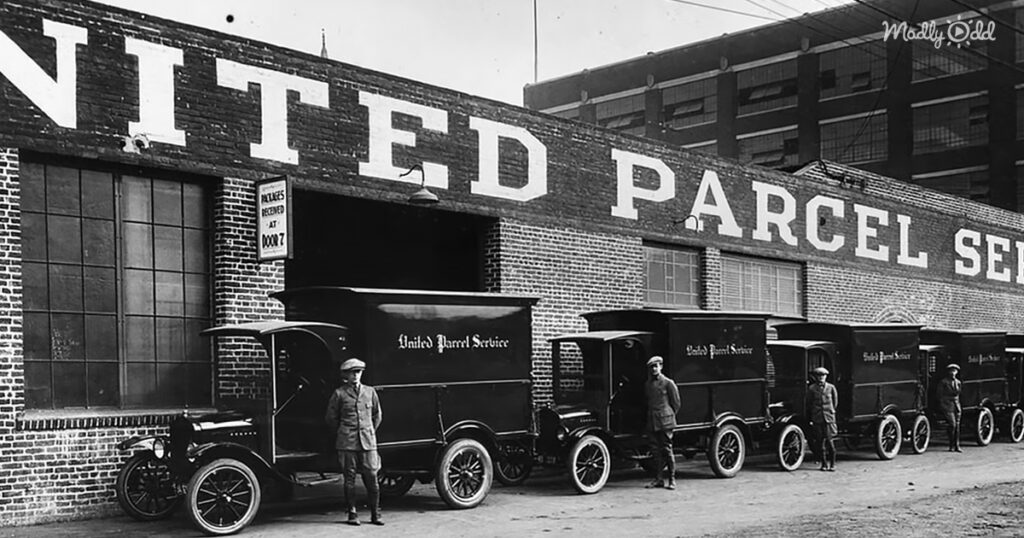
The American Messenger Company made history in 1916 when it merged with a competitor, Evert McCabe, to form Merchants Parcel Delivery. This strategic move introduced the concept of consolidated delivery, combining packages addressed to a certain neighborhood onto one delivery vehicle. This innovation streamlined operations and set the stage for UPS’s future growth.
Innovations Pave the Way
In 1922, UPS made another groundbreaking move by acquiring a carrier service in Los Angeles, California, becoming one of the only companies in the United States to offer common carrier service. Initially limited to the Los Angeles area, this service soon expanded to cover a radius of 125 miles outside the city. This expansion showcased UPS’s commitment to providing efficient and widespread package delivery services.
The introduction of a conveyor belt system in 1924 improved package handling efficiency, marking another milestone in UPS’s commitment to innovation and operational excellence. This innovation allowed UPS to handle an increasing volume of packages with greater efficiency.
UPS went on to establish consolidated services in major cities across the United States in the 1930s, including New York City. This expansion allowed UPS to compete directly with the U.S. Postal Service and the Interstate Commerce Commission, showcasing the company’s determination to serve customers in every corner of the nation.
Taking to the Skies
In 1929, UPS ventured into air services through private airlines, but economic challenges during the Great Depression halted this initiative. However, UPS did not give up on its dream of conquering the skies. In 1953, UPS resumed air services, known as UPS Blue Label Air, connecting major East and West Coast cities with two-day delivery. This foray into air transportation marked a significant turning point in UPS’s history, allowing it to deliver packages faster and more efficiently.
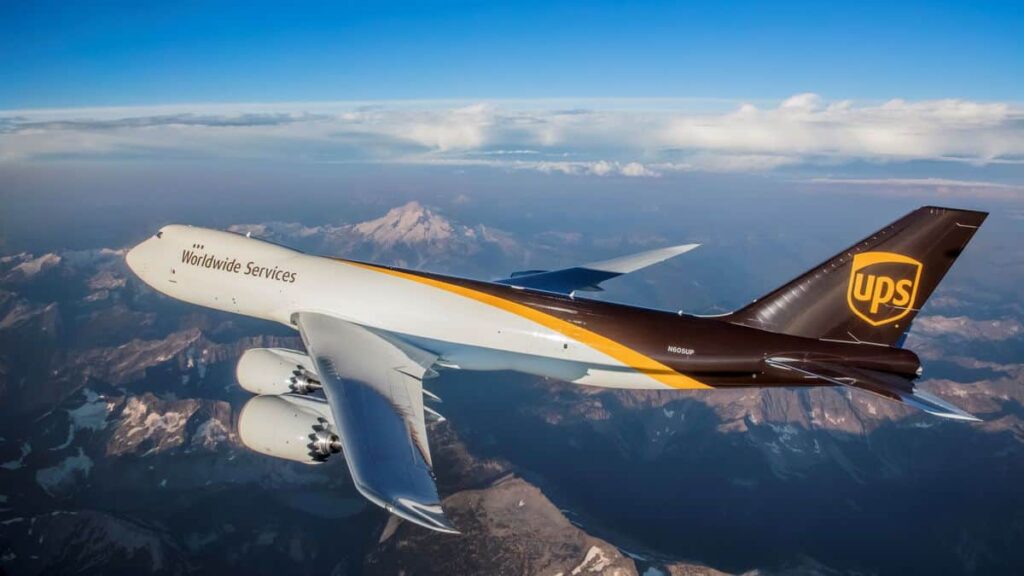
National and International Expansion
UPS’s commitment to expanding its reach took a significant leap in 1975 when it relocated its headquarters to Greenwich, Connecticut. This strategic move allowed UPS to become the first package delivery company to serve every address in the contiguous United States. The same year, UPS made its international debut in Canada and established a domestic operation in West Germany in 1976.
In 1985, UPS launched its Next Day Air Service, further solidifying its reputation for fast and reliable deliveries. The introduction of UPS Airlines in 1988, authorized by the Federal Aviation Administration, marked another milestone in its expansion, eventually becoming one of the largest airlines in the United States.
Technological Advancements
To meet the growing demands of its customers, UPS developed cutting-edge technologies. In 1991, it introduced the “Delivery Information Acquisition Device” (DIAD), allowing drivers to record and upload delivery information in real-time. By 1992, UPS was tracking all ground shipments electronically, and UPS.com debuted in 1994, providing customers with easy access to vital information.

Diversification and Acquisitions
Throughout its journey, UPS continually diversified its services and acquired complementary businesses. In 1995, the acquisition of SonicAir expanded its capabilities in service parts logistics. UPS Logistics Group, established in the same year, offered global supply chain management services and consulting.
UPS faced challenges in 1997 with a Teamsters walkout that shut down operations for 16 days. However, it persevered and continued to grow, establishing UPS Capital in 1998 to provide integrated financial services.
Entering the 21st Century
The 21st century brought new opportunities and challenges for UPS. It acquired Mail Boxes Etc., Inc., rebranding it as The UPS Store in 2003. In 2004, UPS ventured into the heavy freight business with the acquisition of Menlo Worldwide Forwarding, and in 2005, it completed the purchase of Overnite Transportation, which became UPS Freight.
Global Reach and Innovations
UPS expanded its global footprint by offering non-stop delivery service between Guangzhou and the United States in 2005. The acquisition of Lynx Express in the UK strengthened its presence in Europe. Celebrating its 100th anniversary in 2007, UPS continued to innovate, forming cargo alliances and expanding autonomous trips with partners like TuSimple.
A Sustainable Future
In recent years, UPS has made significant strides in sustainability, investing in electric vehicles and autonomous trucking. The company’s commitment to innovation remains steadfast, ensuring that it meets the evolving needs of its customers.
The success story of UPS is a testament to the power of vision, innovation, and relentless dedication to customer service. From its humble beginnings as a local messenger company, UPS has grown into a global leader in package delivery and logistics, constantly adapting to meet the challenges of a changing world. With a rich history and a commitment to a sustainable future, UPS continues to shape the future of logistics and package delivery.
Success Factors of United Parcel Service (UPS): What makes it so successful?
The success of United Parcel Service (UPS) can be attributed to several key factors that have propelled the company to its prominent position in the shipping and logistics industry. Let’s delve into these success factors in detail:
Strong Brand and Reputation: UPS has built a robust brand synonymous with reliability and efficiency. Customers trust UPS to deliver their packages on time and intact, which has earned the company a solid reputation in the industry.
Global Network: UPS boasts an extensive global network of distribution centers, vehicles, and partnerships. This network allows them to efficiently handle deliveries across borders and provide comprehensive supply chain solutions to businesses worldwide.
Innovative Technology: UPS has consistently invested in cutting-edge technology to streamline its operations. Innovations like the DIAD (Delivery Information Acquisition Device) and package tracking systems have improved efficiency, customer service, and package visibility.
Diversification of Services: Beyond standard package delivery, UPS diversified its services by entering segments like freight forwarding, logistics, and e-commerce solutions. This diversification has helped UPS cater to a wide range of customer needs.
Efficient Logistics: UPS is known for its optimized logistics and delivery routes. They use data analytics and route optimization algorithms to ensure packages are delivered using the most efficient and cost-effective routes.
Sustainability Initiatives: UPS has demonstrated its commitment to sustainability by investing in eco-friendly practices and vehicles. Their efforts to reduce their carbon footprint resonate with environmentally conscious customers and align with global sustainability goals.
Customer-Centric Approach: UPS places a strong emphasis on customer satisfaction. They offer various delivery options, including next-day and two-day services, catering to diverse customer preferences. Additionally, their UPS Stores provide valuable services to small businesses.
Financial Strength: As a Fortune 500 company with substantial revenues, UPS has the financial resources needed to invest in infrastructure, technology, and expansion, ensuring its continued growth and stability.
Employee Engagement: UPS values its employees and maintains a strong workforce. The company offers competitive benefits and opportunities for career advancement, which helps attract and retain talent.
Strategic Acquisitions: UPS has made strategic acquisitions over the years, such as Mail Boxes Etc. and Overnite Transportation. These acquisitions have enabled UPS to expand its service offerings and reach a broader customer base.
Adaptability: UPS has demonstrated its ability to adapt to changing market dynamics. For example, they embraced e-commerce and worked closely with online retailers to meet the growing demand for package delivery.
Investment in Infrastructure: UPS continuously invests in its infrastructure, including building state-of-the-art sorting facilities and expanding its fleet of vehicles and aircraft. These investments ensure the company’s capacity to handle increasing shipment volumes.
In summary, UPS’s success is the result of a combination of factors, including a strong brand, global reach, technological innovation, diversification of services, commitment to sustainability, customer-centric focus, financial stability, and strategic decision-making. These elements have collectively contributed to UPS’s status as a global leader in shipping and logistics.
Also Read: United Parcel Service (UPS) – The Glorious History of Over 100 Years
To read more content like this, subscribe to our newsletter
